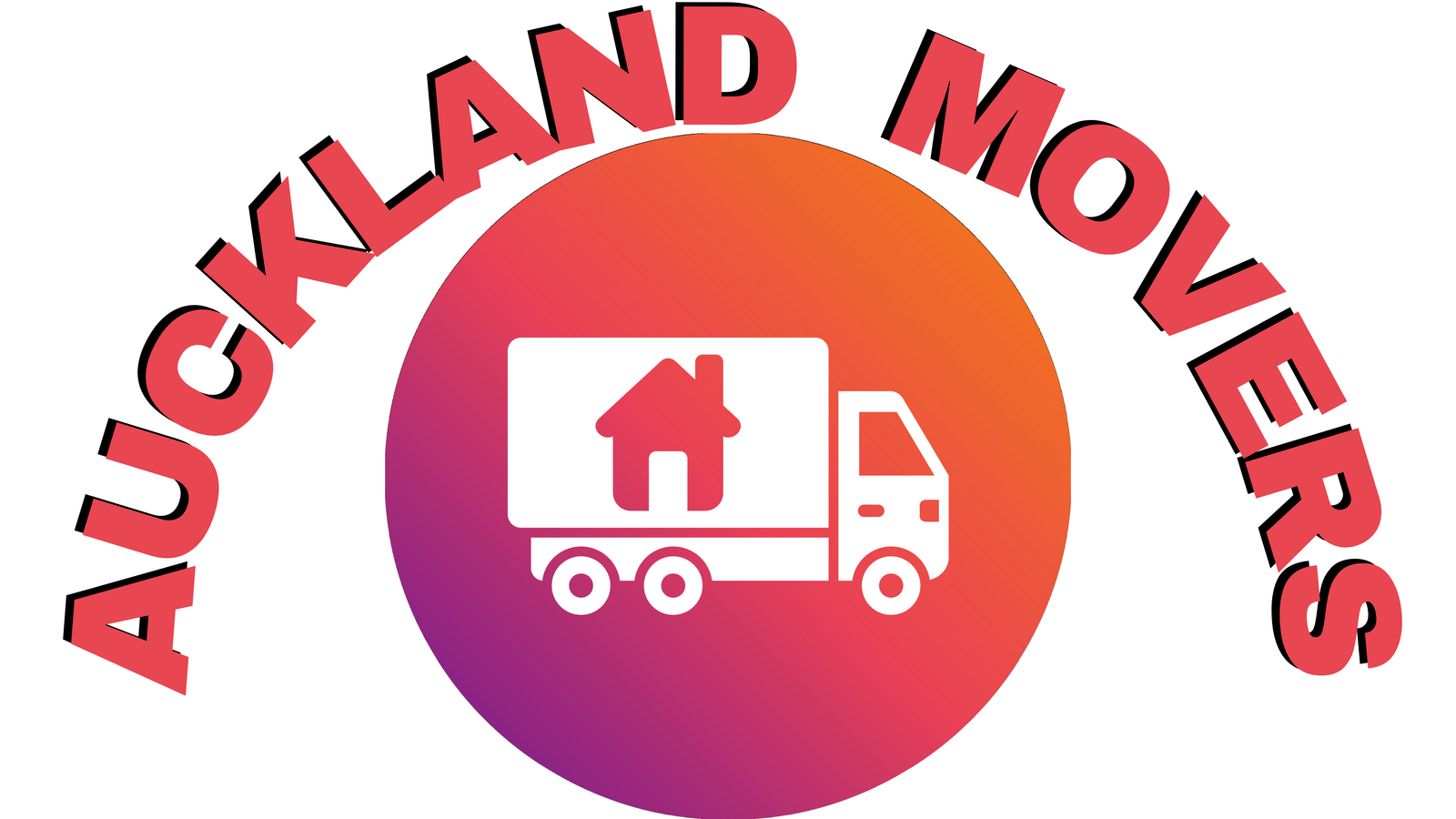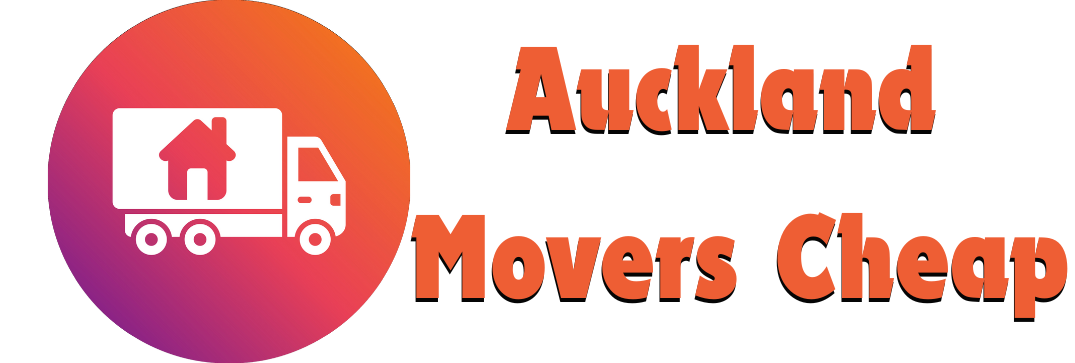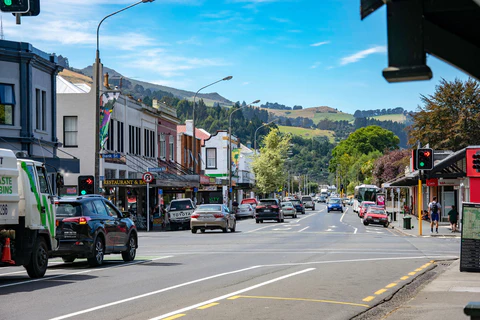Choosing a neighborhood isn’t just about a location on the map — it’s about aligning your values, habits, and future with a community that supports your lifestyle. In New Zealand, every suburb offers its own rhythm and identity, whether you’re drawn to coastal towns, family-friendly streets, or dynamic inner-city living.
This guide will help you evaluate and match your lifestyle needs to the ideal suburb in Aotearoa — whether you’re relocating, buying your first home, or simply ready for a new environment.
🗺️ Where: Pinpointing Your Ideal Location
New Zealand’s landscape is diverse — and so are its neighborhoods. Your lifestyle preferences should guide your location choice. Here’s a breakdown:
Central City Suburbs
If you love fast-paced, vibrant energy, and convenience, areas like Auckland CBD, Wellington Te Aro, or Christchurch Central might be ideal. You’ll have direct access to offices, public transport, cafes, gyms, and nightlife.
Inner Suburbs
Suburbs such as Mount Eden, Ponsonby, Newtown, Thorndon, or Merivale strike a balance between lifestyle and location. These areas offer stylish homes, great food, walkability, and a strong sense of community.
Outer Suburbs & Regional Towns
Looking for peace, space, and affordability? Try Pukekohe, Silverdale, Rolleston, Upper Hutt, or Cambridge. These areas are ideal for families, remote workers, and those who value backyard space and quiet living.
Coastal Areas
For beach lovers and nature seekers, suburbs like Papamoa, Orewa, Sumner, or Whangamatā offer the ultimate “sea change.”
🎯 Why: Aligning Your Suburb with Your Lifestyle Goals
Every stage of life calls for something different from your neighborhood:
- Social Life & Night Owls: You’ll thrive in suburbs with nightlife, bars, gyms, live music, and cafes. Choose central suburbs with 24/7 activity.
- Peace & Nature Lovers: Opt for coastal or semi-rural areas. The slower pace and green space enhance wellbeing.
- Career-Driven Professionals: Prioritize suburbs near motorways, public transport, or business hubs to minimize commute times.
- Young Families: Focus on school zones, safety, parks, and family-friendly amenities.
- Retirees or Downsizers: Look for walkable villages, healthcare access, and low-maintenance housing.
🔍 What: Key Features That Matter
Here’s what to evaluate when choosing a neighborhood:
- Schools & Childcare
Check decile ratings, school reviews, and zone restrictions. The right school zone can add long-term value to your home. - Transport
Consider your commute. Does the suburb have buses, ferries, trains, or motorways? Proximity to a transport hub can save time and money. - Shops, Cafes & Entertainment
Do you want to walk to the café or grocery store? Choose a suburb with a local village or shopping precinct. - Green Space & Recreation
Access to parks, reserves, beaches, and sports clubs encourages an active lifestyle and boosts property value. - Community Feel & Safety
Look up local crime rates, join Facebook or Neighbourly groups, and visit the area at different times to gauge community vibe. - Future Developments
Check local council plans for zoning changes, new subdivisions, highways, malls, or schools that could improve — or disrupt — the area.
👥 Who: Understanding the People in the Community
Knowing who lives in a neighborhood helps you choose where you’ll feel most at home.
South Auckland (e.g., Ōtāhuhu, Māngere)
- Strong Pacific Island and Māori communities
- Family-centered suburbs with cultural diversity
- Affordable housing and strong community values
North Shore (e.g., Albany, Takapuna, Birkenhead)
- Popular with professionals, Asian families, and migrants
- Excellent school zones and coastal lifestyle
West Auckland (e.g., Henderson, Glen Eden, Te Atatū)
- Affordable, creative, and growing in diversity
- Great for first-home buyers and artists
Wellington suburbs (e.g., Khandallah, Karori, Island Bay)
- Mix of government workers, professionals, and families
- Heritage homes and access to great education
Christchurch suburbs (e.g., Halswell, Fendalton, Papanui)
- Affordable for families, and popular with retirees
- New builds in safe, family-oriented neighborhoods
📆 When: Knowing the Right Time to Move
Timing your move can save you money and reduce stress:
- First-home buyers: Winter often brings fewer buyers and better prices.
- Families: Move before the school year starts to help kids adjust.
- Professionals: Sync your move with job offers or contracts.
- Migrants or retirees: Flexible timing, but better to move before peak summer rental periods.
✅ Who, What, When, Where, Why — Recap
- Who: Families, professionals, retirees, and expats — each group has different suburb needs.
- What: Look for safety, green space, transport, schools, shops, and vibe.
- When: Align with job changes, school terms, or seasonal market trends.
- Where: Choose from inner cities, coastal suburbs, or quiet towns.
- Why: Because the right neighborhood supports your lifestyle, goals, and peace of mind.
🔑 Where to Start Your Search
- Attend open homes and drive through suburbs at different times of day
- Use council websites to check for development projects and transport plans
- Join local community groups on Facebook or Reddit to ask real questions
- Check school zoning maps, local reviews, and safety stats
- Rent short-term to test the area before committing to a purchase
🧠 Final Thoughts
The perfect neighborhood in New Zealand isn’t a one-size-fits-all. It’s about how the place feels, who lives there, and how it supports your everyday life.
By carefully considering who you are, what you need, where you want to be, when it makes sense to move, and why it matters, you’ll make a decision that not only meets your needs today — but continues to support your goals in the years to come.



